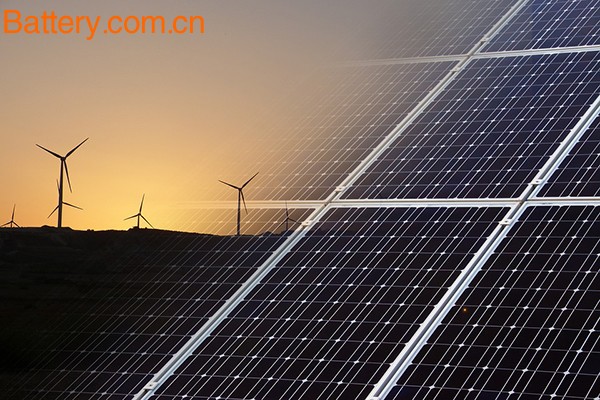People may think that the battery is the most inconspicuous product in the entire technology field, but it may drive the future of the world. Smart phones are getting thinner and thinner, but the battery technology used is still not upgraded. In the pursuit of extreme design, the battery with the same volume is stuffed into a fuselage that is not much thicker than it. The consequences can be imagined. Similarly, the notebook's processor will be upgraded almost every two years or even a year, but the battery capacity is only a little bit larger than before. The most commonly used in life is the lithium battery . The biggest problem with lithium batteries is that they are easily damaged. If you have a Nokia phone thrown aside for a long time, the battery is exhausted, and suddenly one day feels nostalgic, find it to be fully charged, while you wait for it to light up the screen, this deep discharge and recharge will The lithium battery brings a lot of physical damage, which will damage the performance of the battery over time. Of course, the daily charging and discharging will increase the damage of the lithium battery with the increase of the number of times. However, in the future power supply scenario, batteries are indispensable, and electric vehicles , industrial-scale solar farms, etc. are inseparable from batteries. In the past five years, the cost of storing energy has fallen by half. More and more large companies are starting to invest in technology. The most representative is the Tesla “gigagactory†battery factory. Lithium batteries, which are most commonly used in people's daily life, are still expensive and unstable. For this reason, more and more new fuel cells have been under development. I want a battery that is cheap and doesn't explode, but... “The biggest problem now is still the high battery price,†said Eric Rohlfing, deputy director of ARPA-E (Advanced Research Projects Agency-Energy, a US government agency responsible for promoting and funding advanced energy technologies). . According to a survey conducted by Nature in 2012, Americans are only willing to pay about $13 a month to ensure that they use renewable energy to supply power, so the battery can no longer rise in price. For utilities, the average American paying for electricity means that if grid-level energy storage is provided, the cost cannot exceed $100 per kWh. Since the Obama administration came to power in 2009, ARPA-E has invested $85 million to develop new batteries that will achieve this goal. However, the goal of “$100 per kWh†is almost absurd in the power industry. Because until now, the goal of even $700 per kWh has not been reached. Although the above goals have not been achieved until now, it has become the goal of the entire power energy industry. Hydroponics is a subset of hydroculture, the method of growing plants without soil, using mineral nutrient solutions in a water solvent. Terrestrial plants may be grown with only their roots exposed to the mineral solution, or the roots may be supported by an inert medium, such as perlite or gravel. The nutrients in hydroponics can come from an array of different sources; these can include but are not limited to waste from fish waste, duck manure, or normal nutrients. Greenhouse Hydroponic System,Greenhouse A Hydroponics,Greenhouse Flat Hydroponics,Greenhouse Vertical Hydroponics JIANGSU SKYPLAN GREENHOUSE TECHNOLOGY CO.,LTD , https://www.spgreenhouse.com